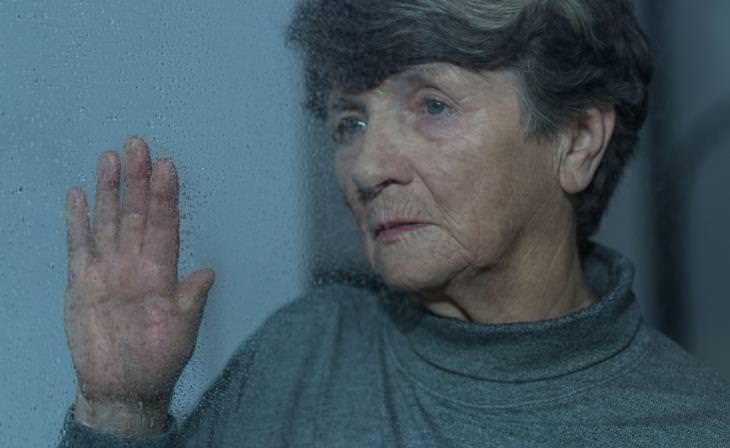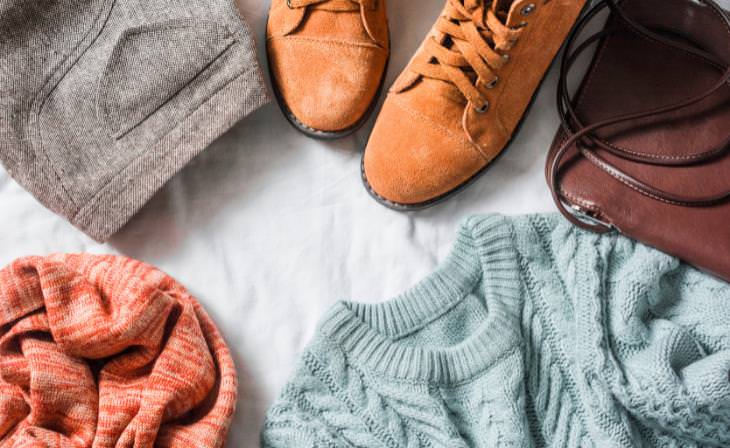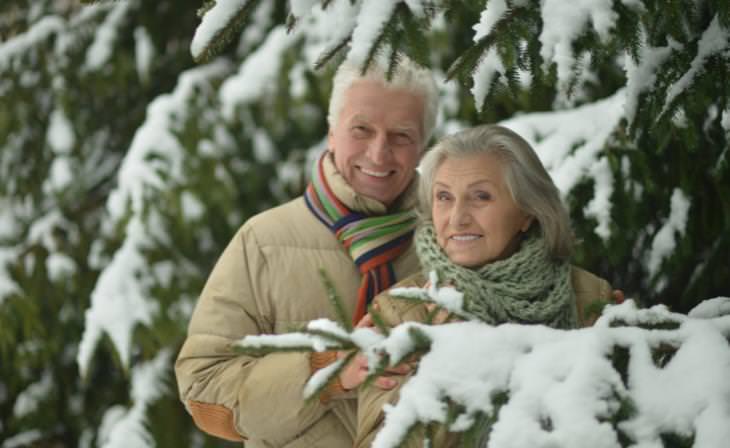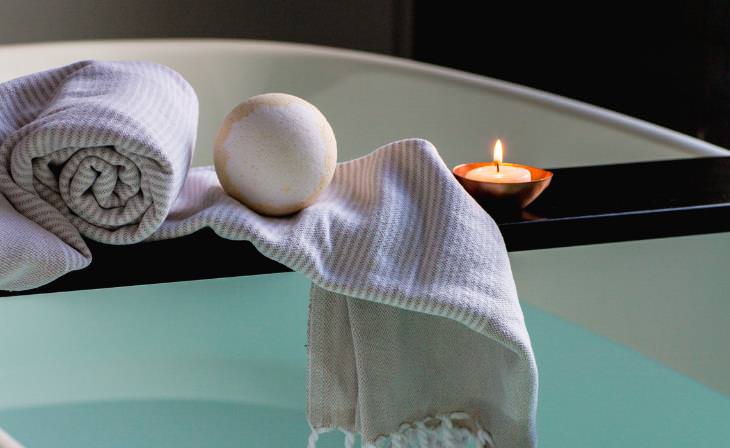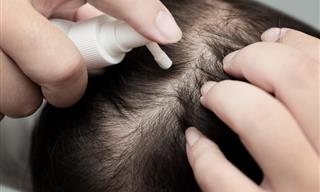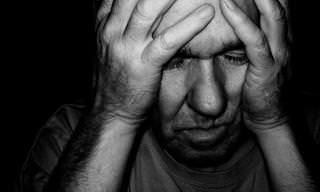What is SAD?
Both the winter-enthusiast and the winter-averse types suffer from Seasonal Affective Disorder, or as most people call it, seasonal depression. Winter SAD is much more common though, and its first symptoms show up around October through to March. The main reason why winter SAD happens is yet to be known, but researchers assume that lack of sufficient light affects the biological clock in a way that interferes with hormone secretion, mood regulation, and sleep quality. Another theory suggests light-dependent processes are more sensitive in people with SAD.
Medical diagnosis will occur after a patient has suffered symptoms for 2 consecutive years. For winter SAD these include feelings of hopelessness, irritability, fatigue, weight gain, and lack of interest in social activities. For summer SAD the symptoms may be difficulty sleeping, lack of appetite, weight loss, and feelings of uneasiness. About 20% of the adult population in the US has the winter blues. Let's see how you can help yourself at home.
Light Therapy
Psychiatrist Daniel F. Kripke, MD, who conducted the world's first controlled study of bright light therapy for depression in 1981, says antidepressants aren't as effective or fast-acting as light therapy: while light therapy will show results in a week, anti-depressants will show results in up to 8 weeks. Light therapy is a safe, at-home session of exposure to light you can do at home the instant you wake up. During wintertime, standing near a window or turning on the lights just isn't enough.
As the natural light isn't enough, you can purchase one of two items that emit great amounts of light that compensate for what you're lacking. These are a light therapy lamp or a dawn simulator.
A therapy light looks like a tablet and it is capable of emitting bright, broad-spectrum light. Light it and bask in its light for 30 minutes a day upon waking up. Sessions should happen between 06:00 and 09:00 AM and no later.
A dawn simulator is an alarm clock that gradually shines a brighter and brighter light until you wake up. Choose a broad-spectrum one to imitate the sunshine accurately.
Keep Up With Health Habits
Keeping up your exercise routine and your balanced diet is a given when it comes to stabilizing your mood. Consider taking vitamin D3 supplements, as most of the population has a deficiency in it even during summer days. It is unlikely you get enough of it from your diet unless you eat fatty fish every single day, says Dr. Eric Berg, DC. He elaborates on the reasons for vitamin D deficiency in this video:
Read more on the role of vitamin D in strengthening your immune system.
Another health concern that may arise in the cold dry winter climate is dry skin. These tips will help you prevent it without complicating things with DIY treatments. Finally, these stretches will get your blood flowing for a good, relaxed beginning of the day.
Invest in Your Outwear
The Norwegians have a saying that goes like this: "there’s no such thing as bad weather, only bad clothes." So ditch that 70% acrylic, 30% polyester knit sweater in favor of natural wool. It is one of the smartest natural fibers in existence, that is not only anti-bacterial but will also keep you insulated while allowing your skin to breathe.
Nylon, polyester, acrylic, and other synthetic fibers don't allow the skin to breathe, causing you to perspire excessively. Once you're wet, or even slightly damp (think wet socks), you'll be much colder.
We suggest investing in the full works: switch to natural fiber hats, mittens, socks, and scarves. A down jacket or woolen coat is also a good staple garment in a winter wardrobe.
Spend Time Outdoors
Keep frequenting your rocking chair on the balcony. It is a perfect spot to unwind, even for 10 minutes. Fresh air is a necessity for both your physical and mental wellbeing. You can take a portable pocket heater or an electric blanket to stay toasty.
If you don't believe you'll be able to relax outside in the cold, you can gear up with your coat and hat, and spend your 10 minutes shoveling leaves or snow! You'll kill two birds with one stone.
Dedicate 10 Minutes Daily to Wellness
This is a way of checking in with yourself, and asking yourself: how are you today? Your 10-minute (or longer) wellness ritual can be whatever you like: journaling, meditation, lighting candles or a salt lamp and enjoying a book, or an Epsom salt bath. If you're feeling adventurous and live close by, pop for a quick stroll at the beach! The same negative ions a salt lamp emits, are found naturally near the beach in much higher amounts.
Fill Up Your Social Calendar
As mentioned before, withdrawing from social events is a prominent symptom of SAD. To overcome this obstacle, you can sign up for weekly activities that require you to show up to every meeting like a book club. You can also start a new weekly meeting tradition with your own friends. A fun at-home activity you can host on your own (or suggest to your friends and family to set up) is a gingerbread-making party, and if you're feeling spontaneous, visit an indoor-holiday market.
We wish you and your loved ones a serene and healthy cold season
 Go to BabaMail
Go to BabaMail


